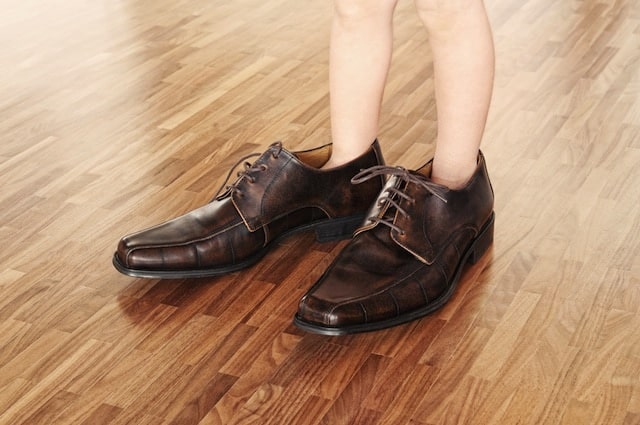Foot pain may sound trivial, but those that suffer from it know that it can ruin any standard activity. If you suffer from foot pain, read ahead as we research the most common reasons and their solutions.
A vast majority of the population uses their feet on a daily basis, either for personal or professional reasons. The simple act of moving around your home can be a complete nightmare for those suffering from foot pain. And even though this may sound trivial, foot pain is a very common issue in our country. As much as 20% of the entire U.S. population has been reported to suffer from a level of pain with their lower extremities.
Now just imagine if you were not able to stand for more than 5 minutes at a time. Or if you were in such pain that you could not even go grocery shopping. We use our feet almost every second of the day, one way or another, yet we don’t pay them the proper attention. An increase in the average weight and a lack of proper activities have made this a common condition.
Walk with us as we go through the most frequent causes of foot pain and how to effectively deal with it.

1. Foot Pain due to Incorrect Shoes
One of the most common foot pain causes is the use of incorrect shoes. This can be due to selecting a wrong size. For example, shoes that are too small will be putting pressure on our toes and ankles. Shoes that are too large, will be provoking falls and instability.
Choosing the wrong shape of shoes for your feet can be another cause of foot pain. It could affect your ankles’ stability and your gait. Most of the time this is caused by the lack of information of the individual himself. Foot pain can be agonizing when related to wrong shoes. So it is important to choose the right ones every time.
Even though we tend to change shoes frequently when young, we stop doing so when we reach a certain age. However, most people don’t know that our feet continue growing even when we are adults. This is the reason why it is necessary to renew shoes every few months.
Remember that, incorrect shoe size or shape will not only affect your foot pain. It will also provoke unnecessary pressure on your legs, knees, and ankles. And that could lead to worsened orthopedic problems.
Tips to solve this issue:
- Visit a podiatrist or an orthopedist. This is to make sure that you don’t have any other foot-related issues that may be increasing the pain.
- Take some time to try on different sizes of the same shoe wearing both thin and thick socks. This will help you find the best-suited ones.
- Try both shoes on at the same time and walk around!
- Change your shoes regularly. Your feet keep growing so you should change shoes every few months.
- Your feet are as important as any other part of your body. Invest in quality shoes, no matter the price.
- Consider investing in special socks to help to adjust your gait.
